For many years I had always used both an APSC and Full Frame body.
The APSC body was always my compact body that I could carry around with me while the Full Frame body was for more ‘serious’ use. The main benefit that comes to mind when you think of APSC bodies are always price, size and weight but after some time, I realized I was better off focusing on one system only which was Full Frame.
Here are the reasons why.
The Value for Money Factor
Over the years, the price of APSC camera bodies has increased significantly, making them less of a budget-friendly option compared to what they used to be. For instance, a Sony a6700 or Fuji X-S20 can cost around $1,900 AUD when on sale. On the other hand, a Sony a7C II, which is a full-frame camera, can sometimes be found for as low as $2,200 AUD during sales. The Canon EOS R8 is around $2000 AUD on sale and I’ve seen the Nikon Z5 for as low as $1500 AUD.
If you already had existing full frame lenses and wanted a second body, the a6700 as an example isn’t too expensive since I could use my Full Frame lenses on it but you also have to consider the fact that for $300 more, you could get a full frame body that is very similar in size and weight. If you wanted the Fuji X-S20 (like myself), you’d have to factor in that you’d also need a lens to go with that body which makes the Full Frame option even more appealing. Even if I considered the Fujifilm X-100VI, that’s around $2700 AUD so still similar to an X-S20 with a lens.
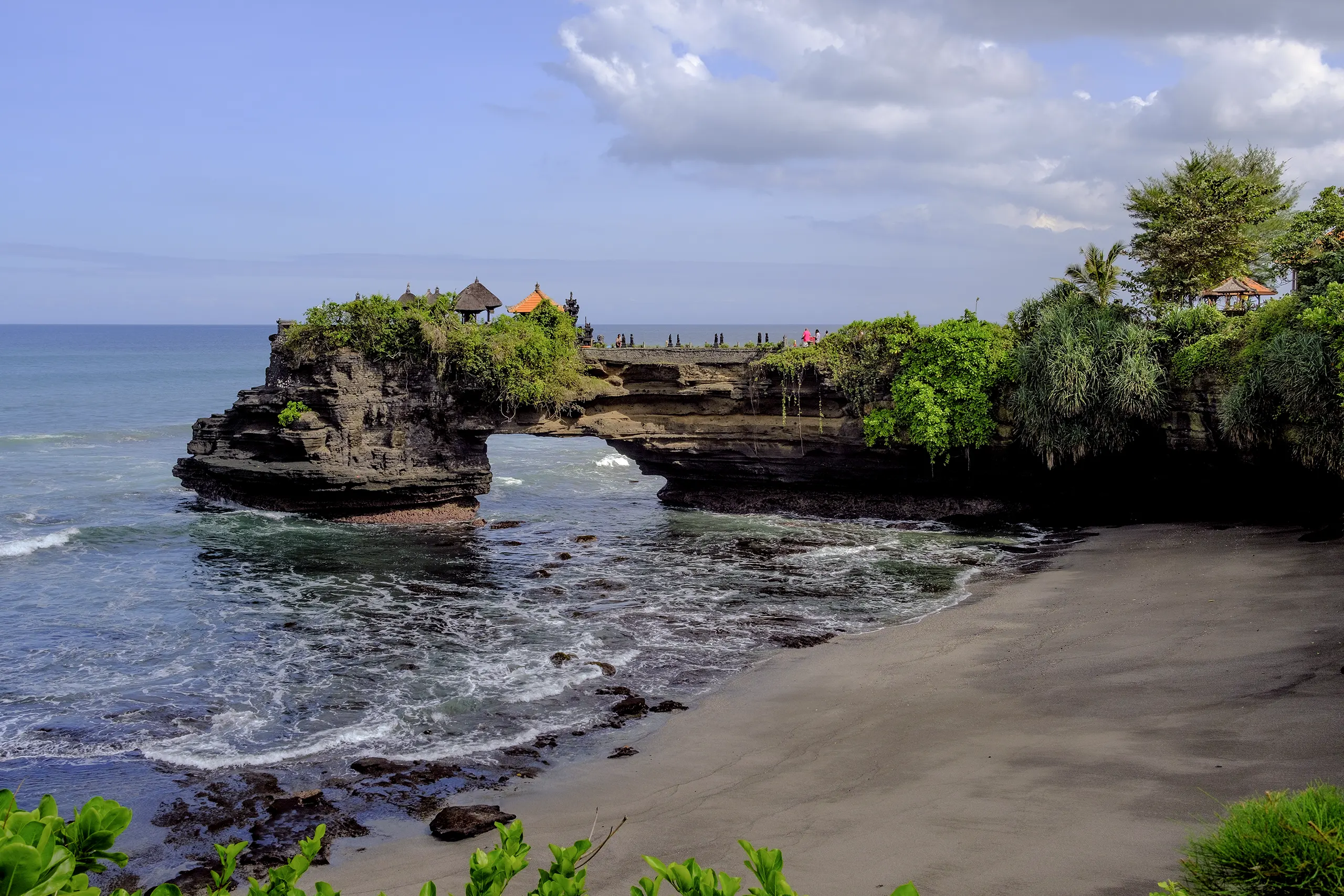
The price gap between these two formats has narrowed considerably when you consider the fact in 2022 I paid $1200 AUD for my Fuji X-S10 which for me personally is a much more reasonable price to pay for an APSC camera of this level. If I could get the X-S20 or even X100VI for around $1200 AUD then I’d probably want to keep using an APSC body. One thing I did explore was buying another X-S10 but they’ve been discontinued and I don’t really purchase used gear so had to abandon that idea.
For me, the slight extra cost of a full-frame camera is justified because I personally prefer the benefits of a full-frame system due to the low-light performance and ability to achieve a more shallow DOF along with other benefits. With some APSC cameras I would say that Full Frame has an IQ advantage although the Fuji sensors were excellent in my experience and IQ was no issue for me.
Making the Most of My Lenses
Aside from when I was shooting Canon DSLR’s and could use the EF lenses on my EOS M bodies, majority of the time my APSC body was a different brand to what my full frame kit was. The issue with this was that I could never really share lenses between the systems so it was always use one or the other.
Most recently when I owned Fuji, I had either my Canon R6 or the a7IV which neither lenses (RF and FE) could be used on Fuji. In fact if I could get an adapter to use FE lenses on X mount, it would solve a lot of issues and make me want to use Fuji again.
One of the challenges I faced when owning both APSC and full-frame systems from different brands was the tendency to use one system more than the other. In my case, I often found myself reaching for the APSC setup more frequently, leaving my full-frame gear underutilized.
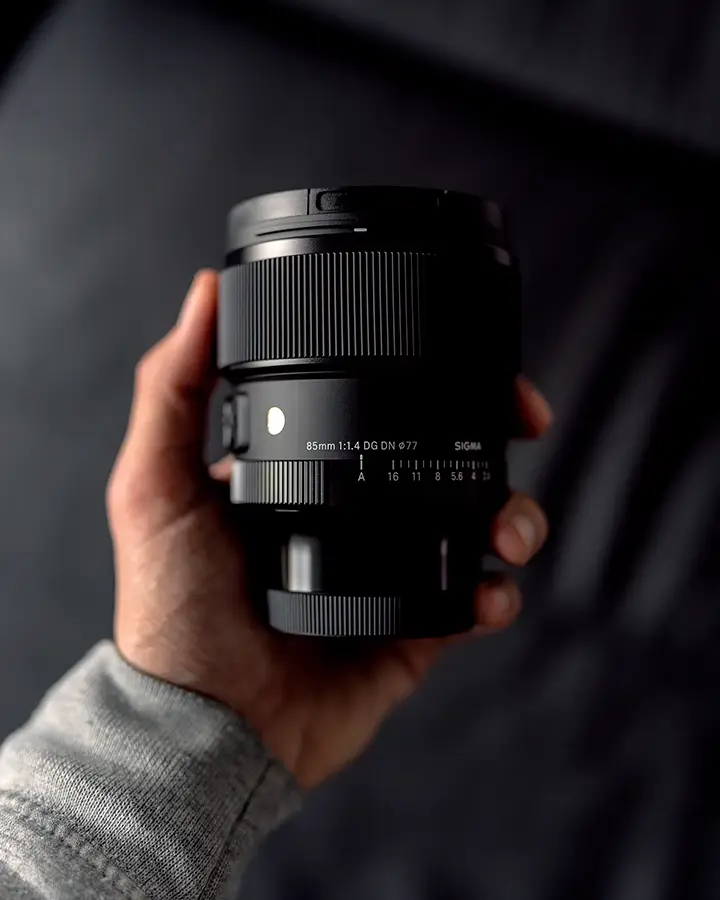
Fuji offers some fantastic lenses that I enjoyed using, in fact I was actually considering making the full swap to Fuji and just using the Tamron 11-20mm f/2.8, Fuji XF 33mm f/1.4 R LM WR and maybe the Viltrox 75mm f/1.2 but there were others in their lineup that didn’t appeal to me as much. They lacked a Macro lens that I found appealing and there wasn’t a third party option like the Sigma 105mm f/2.8 Macro. This made me realize that making a full swap might not be feasible since I needed that short tele macro lens.
By consolidating my gear and sticking purely to Sony, I’m now able to maximize the use of my lenses across a single system. I don’t find myself conflicted on which kit to use or feel bad for expensive gear being unused as there’s only one to choose from. Having two bodies from the same system can also mean being able to shoot with two primes while out without changing lenses.
The Weight Issue
While full-frame cameras have many advantages, it’s important to acknowledge that APSC cameras like the Fuji X-S20 have a clear advantage when it comes to weight and portability. These cameras are compact and lightweight, making them ideal for travel or situations where reducing the load is a priority.
I found it funny how many Fuji users find the 23mm and 33mm R LM WR lenses to be ‘excessively big’ for APSC lenses but compared to Full Frame lenses, I believe they’re very reasonable for the IQ they provide. Even when full-frame camera bodies like the Sony a7C II are similar in size and weight to their APSC counterparts, the lenses for full-frame systems are generally larger and heavier. I was able to get the weight similar on Full Frame with slower aperture lenses like the Sigma 50mm f/2, but even then I was trading aperture for size which I wasn’t too happy about.
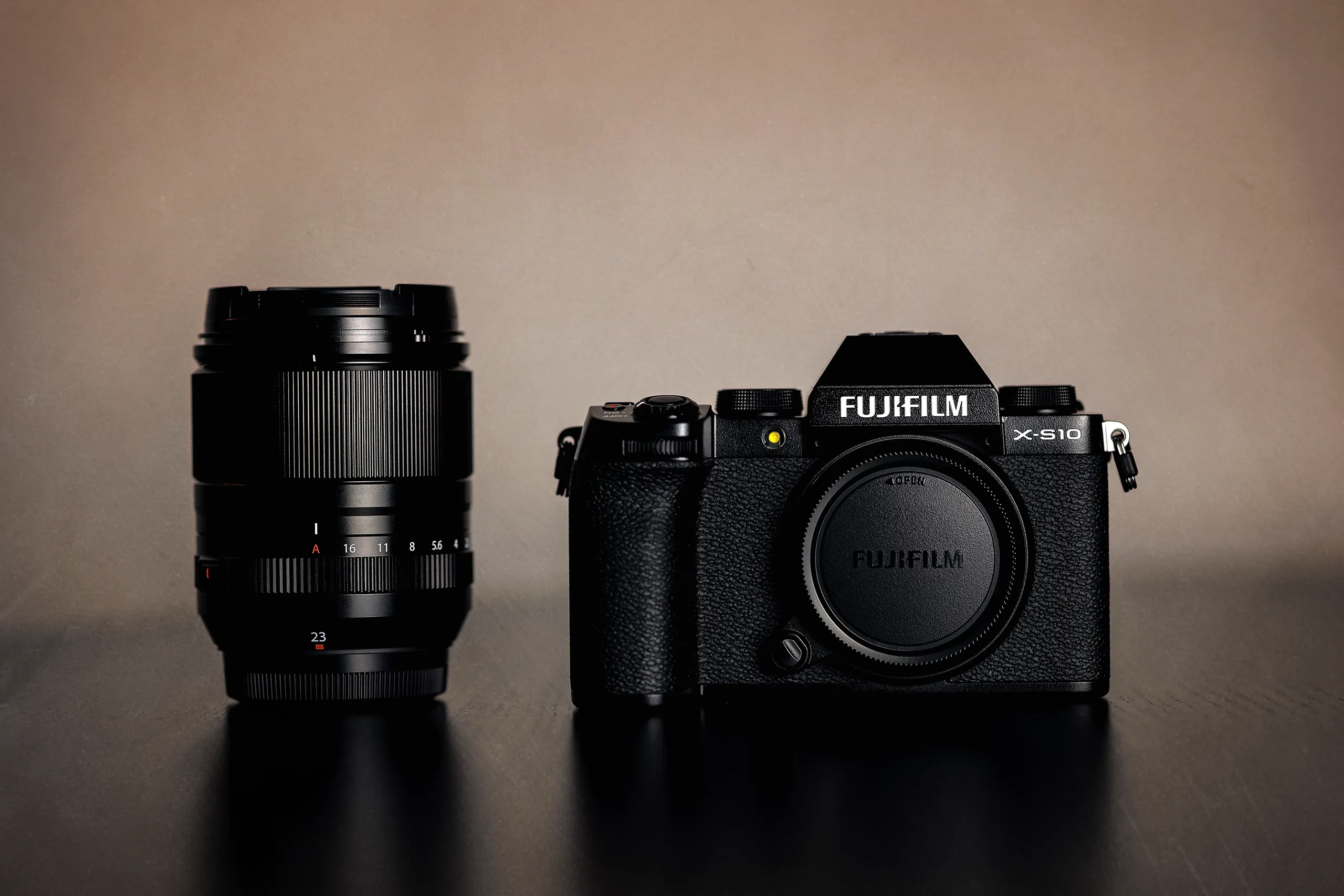
If weight and portability are your top priorities, an APSC system might still be the better choice for you. In the modern day, APSC cameras are very capable and the IQ you’ll get from something like Fuji never made me wish I was shooting Full Frame. However, Full Frame cameras like the Sony a7C II, Nikon Z5 and Canon R8 are not only comparable price wise but they are getting smaller and lighter which makes them very attractive options. If you’re a bokeh junkie like me then you’ll also appreciate the better bokeh that you’ll be able to achieve on Full Frame with a slightly larger kit.
So in the End, Should You Go Full Frame or APSC When Owning Both?
The advice I always give when people is to look at the lenses, see which you like most then choose your system based on that.
If you shoot both Full Frame and APSC and prefer to keep one, choosing the one you enjoy most is generally the easiest choice, but you won’t always have a preference. Aside from Fuji, most manufacturers don’t put much effort into the APSC lineup when they have Full Frame systems so that needs to be another consideration.
For someone starting from scratch I would find it hard to justify APSC bodies like the a6700 or Fuji X-S20 due to their current prices. Once Nikon and Canon further open their APSC lines to third parties, the Z and RF APSC bodies will become more feasible but with the current state of these companies I would personally recommend an entry level Full Frame body. You can buy Full Frame lenses which you can use through multiple bodies and really grow into the system over time.
Where you live may effect pricing greatly but for us here in Australia, the entry level Full Frame appears to be king (for now).
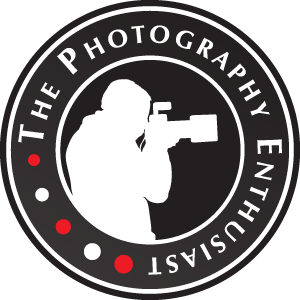
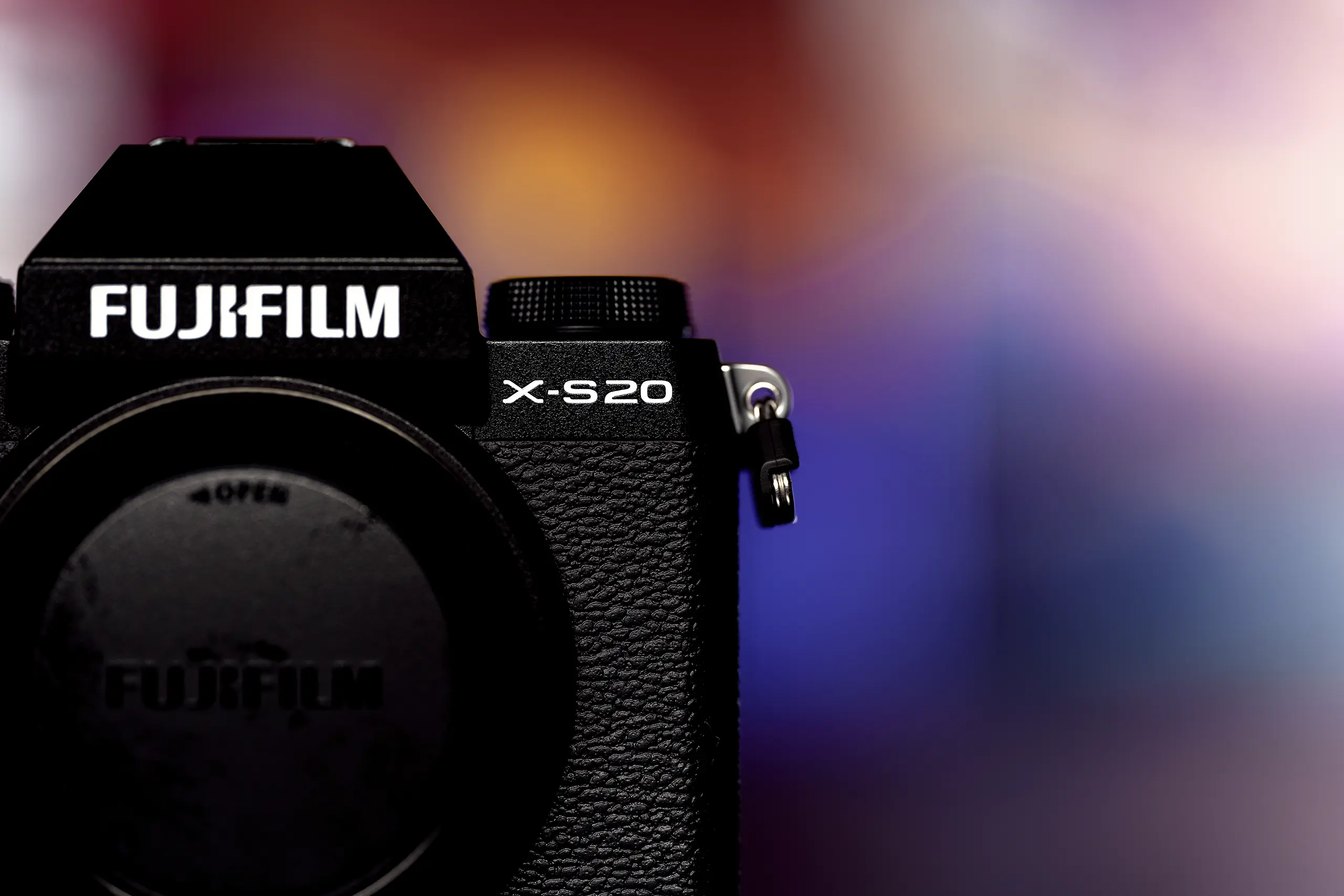

So what do you think of the LUMIX S5ii which is priced at 1499 us for the body?
I haven’t tried the Panasonic bodies so can’t comment on them performance wise but considering the lens selection and price I’d probably consider it a great option, assuming autofocus isn’t your top priority.